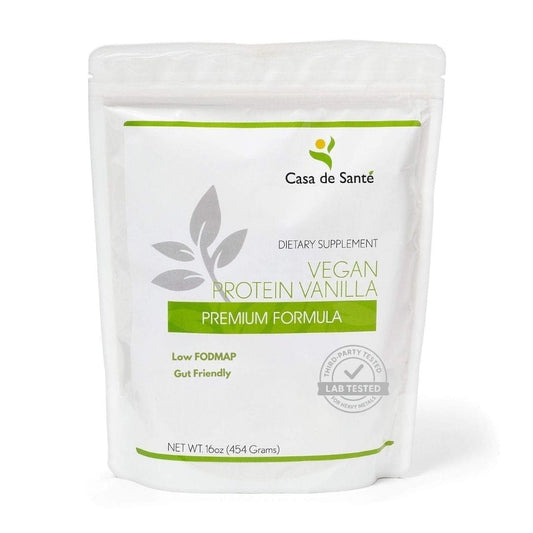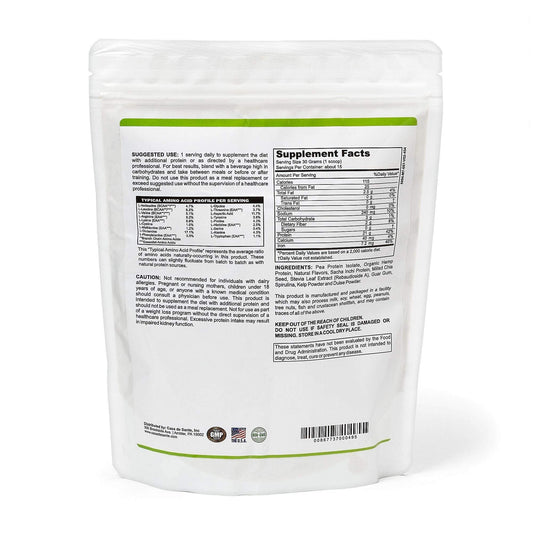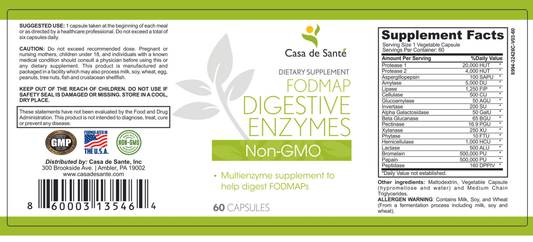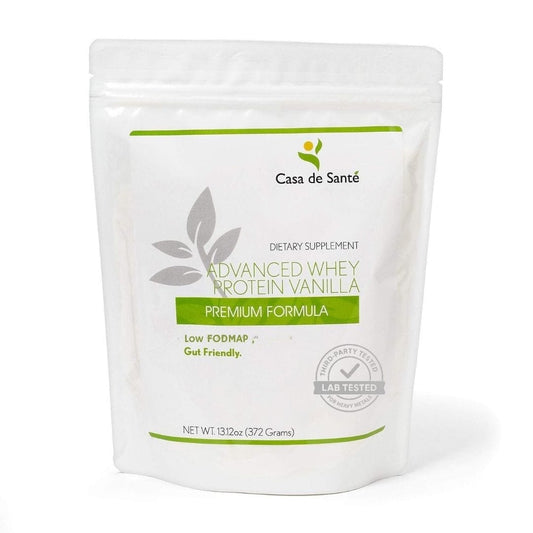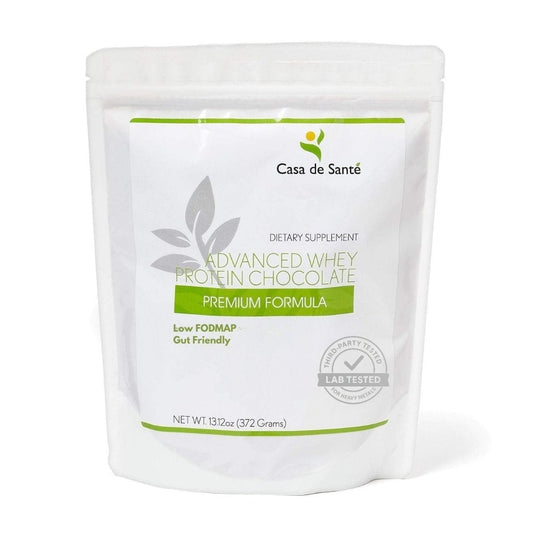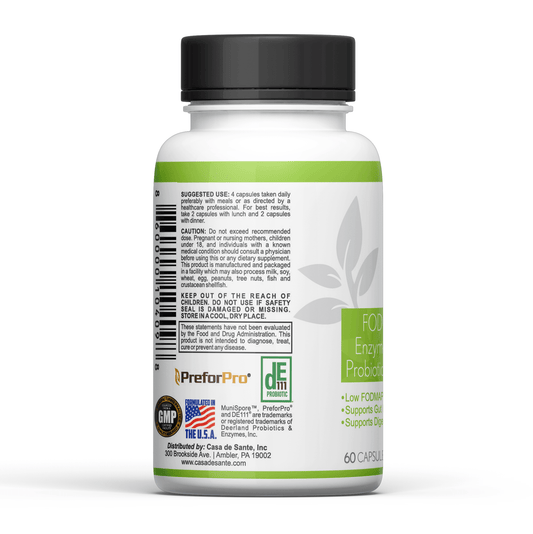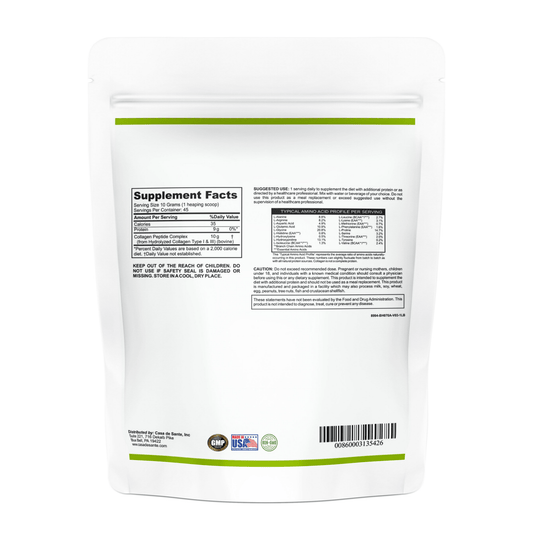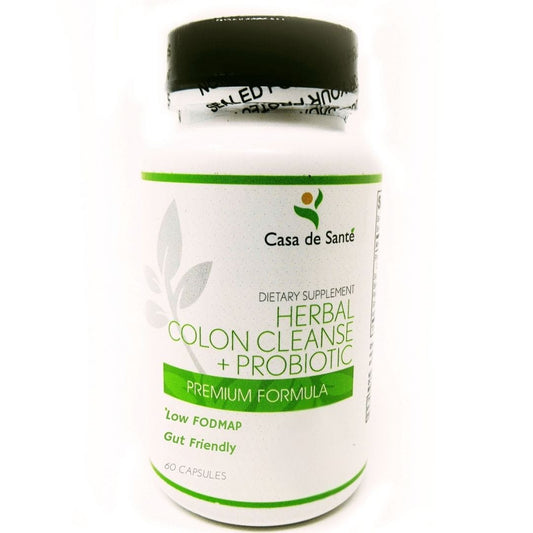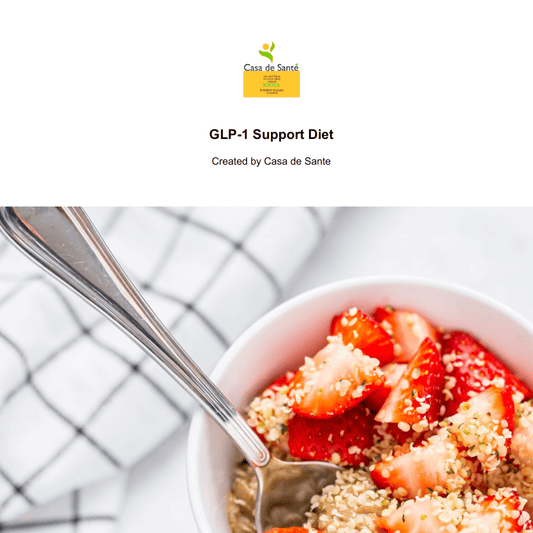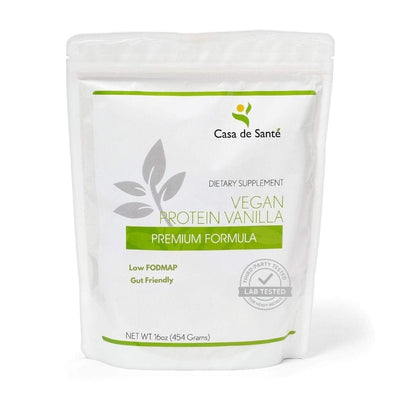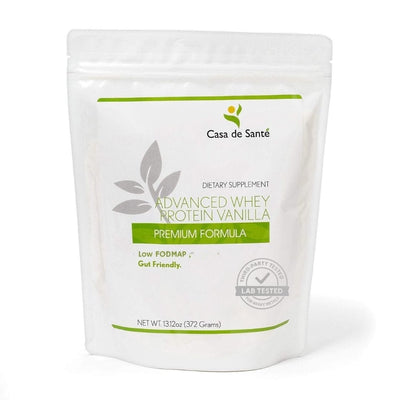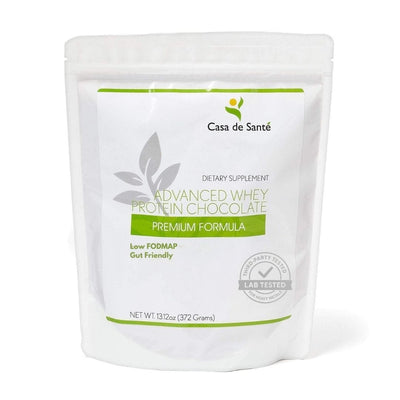10 Traditional Norwegian Foods You Must Try on Your Nordic Adventure
10 Traditional Norwegian Foods You Must Try on Your Nordic Adventure
Norway's culinary heritage is as dramatic and captivating as its fjords and mountains. Traditional Norwegian cuisine reflects the country's history of self-sufficiency, with dishes designed to preserve ingredients through long, harsh winters. From hearty stews to delicate seafood preparations, Norwegian food tells the story of a people deeply connected to their land and sea. If you're planning a trip to this Nordic wonderland, your adventure won't be complete without sampling these authentic Norwegian delicacies that have sustained generations of Norwegians.
Hearty Norwegian Classics
Norwegian cuisine is built on simple, high-quality ingredients transformed into satisfying meals that warm both body and soul. These cornerstone dishes have stood the test of time, remaining beloved staples in Norwegian homes and restaurants alike.
Fårikål - Norway's National Dish
Declared Norway's national dish in 1972, fårikål (pronounced "for-ee-kol") is a hearty lamb and cabbage stew that perfectly embodies Norwegian cooking philosophy. The dish couldn't be simpler: chunks of lamb on the bone are layered with cabbage wedges, peppercorns, and salt, then slowly simmered until tender. The result is a comforting, flavorful meal traditionally served with boiled potatoes.
Fårikål is so beloved that it has its own dedicated day of celebration - the last Thursday in September marks Fårikål Day, when Norwegians across the country prepare this iconic dish to welcome the autumn season. For the authentic experience, pair your fårikål with a glass of cold Norwegian beer or aquavit.
The history of fårikål stretches back centuries, with variations of the dish appearing in rural communities throughout Norway's mountainous regions. Historically, it served as an efficient way to preserve and consume autumn lamb and the last of the season's cabbage harvest before winter set in. The dish's simplicity reflects the pragmatic nature of Norwegian food traditions, where preservation techniques and minimal waste were essential for survival during harsh winters. Today, many families still use recipes handed down through generations, with subtle regional variations in spicing and cooking methods that reflect local tastes and available ingredients.
Kjøttkaker - Norwegian Meatballs
While Swedish meatballs may have achieved international fame, Norwegian kjøttkaker deserves equal recognition. These large, flattened meatballs are made from a mixture of ground beef, grated onion, eggs, milk or cream, and potato starch or flour. Seasoned with nutmeg, ginger, and salt, they're pan-fried until golden brown and served with creamy gravy, mushy peas, lingonberry jam, and boiled potatoes.
Unlike their Swedish counterparts, Norwegian meatballs are larger and flatter, more resembling small patties than spheres. They're a staple in Norwegian homes and a common sight on restaurant menus throughout the country. Many Norwegians consider kjøttkaker the ultimate comfort food, evoking memories of family dinners and special occasions.
The preparation of kjøttkaker often becomes a family affair, with techniques and secret ingredients passed down through generations. Some families add a touch of allspice or cardamom to their mixture, while others swear by a splash of coffee in the gravy for added depth. In coastal regions, fish cakes (fiskekaker) follow similar preparation methods but substitute white fish for beef, showcasing Norway's deep connection to both land and sea. During Christmas season, a festive variation called medisterkaker appears on holiday tables, featuring a higher fat content and additional spices for a more indulgent celebration dish.
Lapskaus - Hearty Norwegian Stew
Lapskaus is Norway's answer to the universal need for a warming, satisfying stew. This rustic dish combines chunks of meat (traditionally beef, but sometimes lamb) with potatoes, carrots, leeks, and other root vegetables. The ingredients simmer together until they form a thick, flavorful stew that's perfect for Norway's cold climate.
There are two main varieties: lys (light) lapskaus, made with fresh meat, and brun (brown) lapskaus, which uses leftover roasted meat for a deeper flavor. Whichever version you try, expect a hearty, unpretentious dish that showcases Norway's talent for transforming simple ingredients into something special.
Lapskaus reflects Norway's resourceful culinary heritage, originally developed as a way to stretch leftover meat and utilize storage vegetables during winter months. The dish has maritime connections as well, becoming a staple aboard Norwegian ships where its long-lasting, nutritious properties made it ideal for sea voyages. The name itself may derive from the English term "lobscouse," a similar sailor's stew popular in port cities. Modern variations have evolved with Norway's changing tastes – some contemporary recipes incorporate tomato paste or red wine for complexity, while others remain steadfastly traditional. In many households, lapskaus day is anticipated weekly, often appearing on Thursday evenings as a filling family meal before the weekend begins.
Seafood Specialties
With its extensive coastline and fishing tradition dating back to the Viking age, Norway's relationship with seafood runs deep. The cold, clean waters of the Norwegian Sea and North Atlantic yield some of the world's finest fish and shellfish, which Norwegians have learned to prepare in both traditional and innovative ways.
Rakfisk - Fermented Trout
Not for the faint-hearted, rakfisk is one of Norway's most distinctive culinary traditions. This fermented trout dish dates back to medieval times when fermentation was used as a preservation method. Fresh trout is salted and fermented in brine for several months, resulting in a pungent, intensely flavored delicacy that's traditionally served during the winter holidays.
Rakfisk is typically eaten raw, thinly sliced and served on lefse (potato flatbread) with red onions, sour cream, and occasionally mustard sauce. The flavor is strong and unique - somewhat similar to a pungent cheese. While it might challenge unaccustomed palates, trying rakfisk offers a genuine taste of ancient Norwegian food culture and a connection to Viking-era preservation techniques.
Gravlaks - Cured Salmon
Gravlaks represents the gentler side of Norwegian fish preservation. This dish consists of salmon cured with salt, sugar, and dill, creating a silky texture and delicate flavor that has won admirers worldwide. The name comes from the old Norse method of burying (grave) salmon in the ground just above the high tide line, letting it ferment.
Modern gravlaks is no longer buried but is instead cured for 24-48 hours in a refrigerator. Thinly sliced and often served as an appetizer on bread with mustard-dill sauce, gravlaks showcases the exceptional quality of Norwegian salmon. You'll find this delicacy on breakfast buffets, open-faced sandwiches, and as a starter in restaurants throughout Norway.
Bread and Bakery Traditions
Bread has been a cornerstone of Norwegian sustenance for centuries. From dense, dark rye loaves to delicate pastries, Norwegian baking traditions reflect both necessity and celebration, with recipes passed down through generations.
Lefse - Traditional Flatbread
Lefse is a soft, potato-based flatbread that holds a special place in Norwegian culinary tradition. Made from potatoes, flour, butter, and cream, these thin, flexible flatbreads are cooked on a large, flat griddle and turned with a special long wooden stick. The result is a delicate, slightly sweet bread with a distinctive spotted pattern from the griddle.
Lefse can be served in numerous ways - spread with butter and sugar, wrapped around savory fillings, or as an accompaniment to meals. During Christmas, it's often served with lutefisk (lye-soaked cod). For many Norwegian-Americans, making lefse remains an important cultural tradition that connects them to their heritage.
Skillingsboller - Norwegian Cinnamon Buns
While cinnamon buns are popular throughout Scandinavia, Norwegian skillingsboller have their own distinct character. These soft, cardamom-scented buns are filled with cinnamon, sugar, and butter, then baked to golden perfection. The name comes from "skilling," an old Norwegian coin, reflecting the traditional round shape and affordable price of these treats.
You'll find skillingsboller in every bakery across Norway, often enjoyed during the daily coffee break known as "kaffepause." They're less sticky and gooey than American cinnamon rolls, with a lighter texture and more pronounced cardamom flavor. Paired with a cup of strong Norwegian coffee, they offer a perfect taste of everyday Norwegian life.
Unique Delicacies
Some Norwegian foods stand apart, representing unique cultural traditions or specialized production methods. These distinctive delicacies offer adventurous eaters a chance to experience flavors found nowhere else in the world.
Brunost - Brown Cheese
Perhaps Norway's most unusual and iconic food contribution, brunost isn't technically cheese at all. This sweet, caramelized brown "cheese" is made by boiling whey, cream, and milk until the milk sugars caramelize, giving it its distinctive color and sweet, slightly tangy flavor. The most famous variety, Gudbrandsdalsost, combines cow and goat's milk for a complex flavor profile.
Brunost is typically sliced using a special cheese slicer (another Norwegian invention) and enjoyed on bread or waffles. Its unique caramel-like taste can be surprising to first-timers - some describe it as having hints of butterscotch or dulce de leche, but with a savory edge. Whether you love it or find it peculiar, brunost represents Norwegian ingenuity in transforming simple dairy products into something extraordinary.
Smalahove - Sheep's Head
For the truly adventurous eater, smalahove offers a glimpse into Norway's waste-not philosophy and ancient food traditions. This Western Norwegian specialty consists of a sheep's head that has been salted, smoked, and steamed. Traditionally served before Christmas, it was once considered a poor man's food but is now preserved as a cultural delicacy.
The traditional way to eat smalahove is to start with the eye and then work your way around the cheek and ear, which are considered the best parts. Today, it's served with rutabaga mash and potatoes. While not commonly found in restaurants catering to tourists, specialized restaurants in the western fjord regions offer this experience for those seeking authentic Norwegian food adventures.
Sweet Endings
Norwegian desserts and sweet treats reflect the country's love of simple, high-quality ingredients and seasonal celebrations. Many traditional sweets are tied to specific holidays or seasons, making them especially meaningful.
Krumkake - Delicate Cone Cookies
These delicate, intricately patterned cone-shaped cookies are a staple at Norwegian celebrations, especially Christmas. Made from a thin batter of eggs, sugar, butter, cream, and flour, krumkake are cooked on a decorative iron that imprints beautiful patterns before they're quickly rolled into cones while still hot.
The name literally means "curved cake" in Norwegian, referring to their distinctive shape. They can be served plain or filled with whipped cream and berries. Making krumkake is often a family affair, with recipes and special irons passed down through generations. Their delicate, crisp texture and subtle sweetness make them an elegant finish to any Norwegian meal.
As you journey through Norway, embracing these traditional foods will deepen your connection to the country's culture and history. From the hearty comfort of fårikål to the unique sweetness of brunost, each dish tells a story of Norway's relationship with its landscape and the ingenuity of its people. So between hiking the magnificent trails and cruising the spectacular fjords, be sure to save time for these authentic culinary experiences that have sustained and delighted Norwegians for generations.

